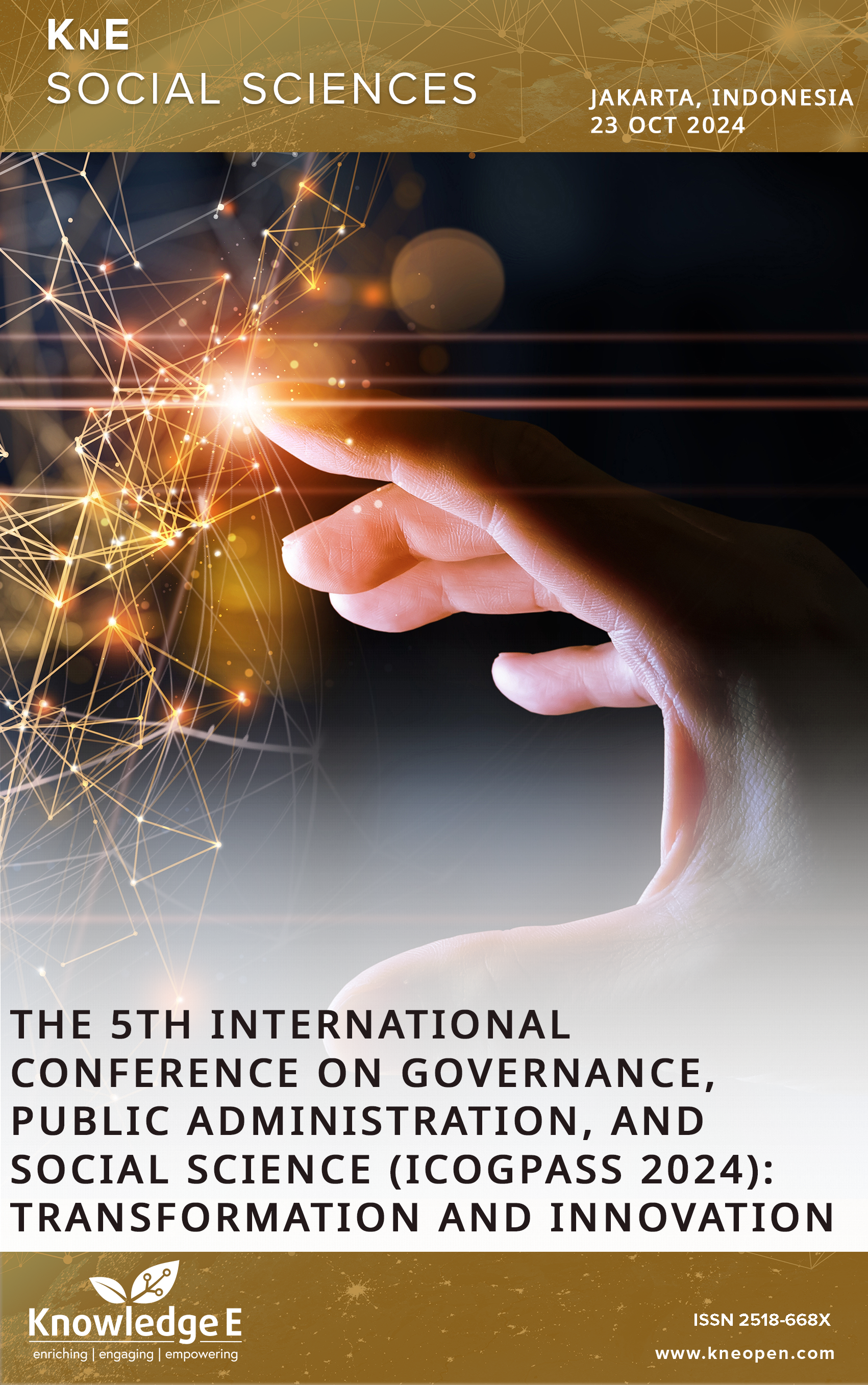Back Office Suite Optimization Strategy in Acceleration of Procurement of Goods and Services in RSUD LEUWILIANG BOGOR
DOI:
https://doi.org/10.18502/kss.v10i16.19170Keywords:
innovation, Back Office Suite, procurement of goods and servicesAbstract
Background: The duration of the fund disbursement process to providers at RSUD Leuwiliang, measured from the date of the Work Handover Report (BAST) to the issuance of the Fund Disbursement Work Order (SP2D), currently exceeds the standard 30-calendar-day period. Efforts have been made to expedite the payment process through the implementation of an innovative back-office suite; however, these efforts have not yet achieved optimal success and require further evaluation and optimization. Objectives: The objective of this research is to examine the goods and services procurement process through the back-office suite and to develop strategies for its optimization, particularly in accelerating the procurement process at RSUD Leuwiliang Bogor. Method: This study adopts a qualitative approach, with data collected through interviews, observations, and documentation. The data is then analyzed qualitatively using the e-government framework, which emphasizes effectiveness, efficiency, transparency, and accountability. Results/Findings: The study found that the procurement process through the back-office suite is highly effective in ensuring data consistency from upstream to downstream stages of the procurement process. Monitoring and evaluation are regularly updated, but the time required for fund disbursement to providers remains lengthy. This delay is attributed to the continued use of printed documents and manual signatures, and the fact that the procurement process is still managed manually by users. Additionally, providers do not automatically receive updates on the status of procurement. Recommended Strategies: Key strategies for improvement include centralizing the selection process in the UPBJ (Procurement Service Unit), implementing paperless SPJ (Financial Accountability Statement) documents with electronic signatures, and ensuring that goods and services providers receive timely information about the procurement process.
References
[1] Peraturan Presiden RI. Peraturan Presiden No 12 tahun 2021 tentang perubahan atas Perpres 16 tahun 2018 tentang Pengadaan Barang/Jasa Pemerintah. 2021.
[2] RSUD Leuwiliang. Laporan Pengadaan Barang Jasa RSUD Leuwiliang tahun 2023. Bogor; 2023.
[3] Handayani R. Evaluasi Kebijaksanaan Aplikasi Citizen Relation Management (Crm) Dalam Menyukseskan Jakarta Smart City. Jurnal Kebijakan Pemerintahan. 2021;8– 16.
[4] Hidayat W. Inovasi Pengadaan Barang Dan Jasa Secara E-Catalogue Melalui Aplikasi Sistem Order Semua Instansi Lingkup Tanah Laut (Sosialita) Di Pemerintah Daerah Kabupaten Tanah Laut Provinsi Kalimantan Selatan. IPDN. 2022;
[5] Heriyanto M, Yuliani F. Penerapan E-Procurement dalam Proses Pengadaan Barang/Jasa. Jurnal Sumber Daya Manusia Unggul ( JSDMU). 2021;1(2):74–81.
[6] Hamrun H, Harakan A, Prianto AL, Khaerah N. Strategi Pemerintah Daerah Dalam Pengembangan Pelayanan Berbasis E-Government Di Kabupaten Muna. Nakhoda: Jurnal Ilmu Pemerintahan. 2020;18(2):64.
[7] Pemerintah RI. Instruksi Presiden Republik Indonesia nomor 3 tahun 2003 tentang Kebijakan dan Strategi Nasional Pengembangan E-Government . 2003.
[8] PerLem LKPP. Peraturan Lembaga Nomor 12 Tahun 2021 tentang Pedoman Pelaksanaan Pengadaan Barang/Jasa Pemerintah Melalui Penyedia. 2021.
[9] Arifin Z, Haryani A. Analisis Pengadaan Barang dan Jasa. EPIGRAM (e-journal). 2014;11(2).
[10] Zuchri Abdussamad. Buku-Metode-Penelitian-Kualitatif. Cetakan 1. Patta Rapanna, editor. Jakarta: CV. Syakir Media Press; 2021.
Published
How to Cite
Issue
Section
License
Copyright (c) 2025 Slamet Asruhi

This work is licensed under a Creative Commons Attribution 4.0 International License.

